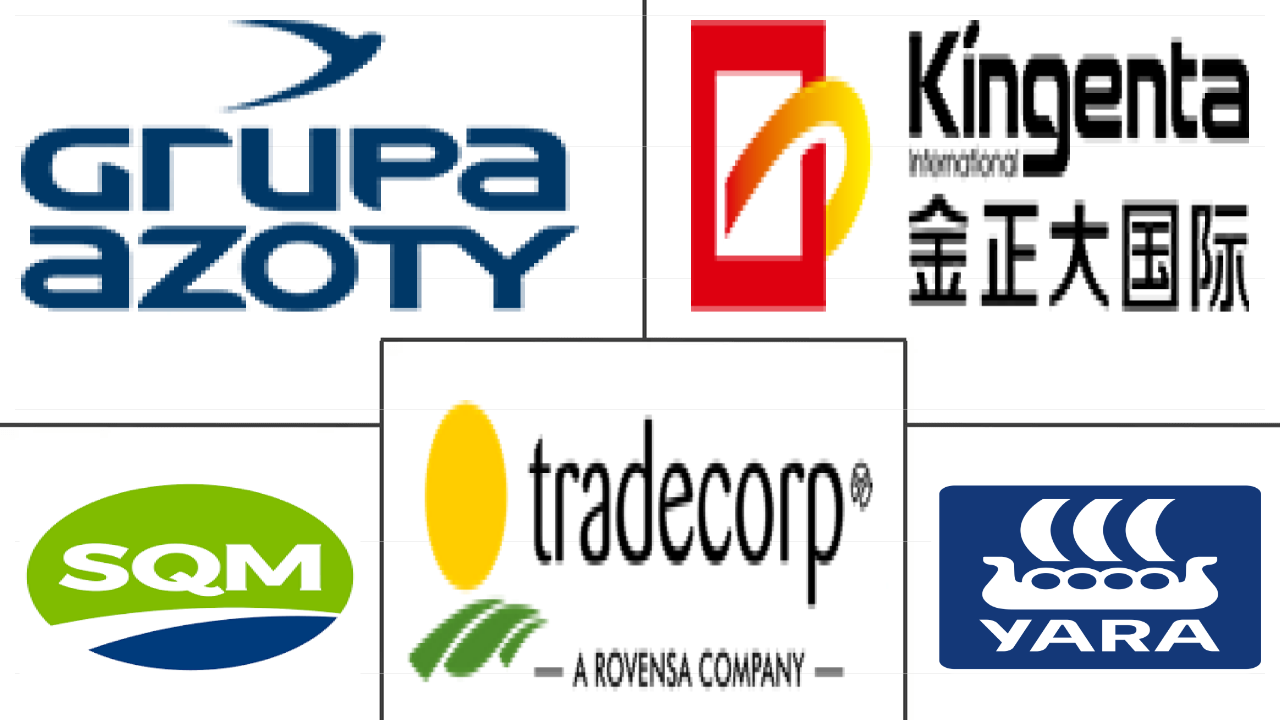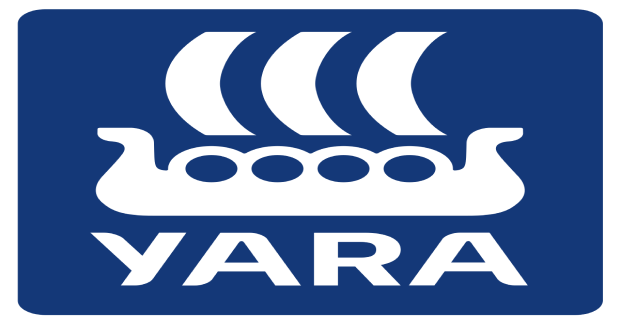Market Size of europe micronutrient fertilizer Industry
| Icons | Lable | Value |
|---|---|---|
|
|
Study Period | 2017 - 2030 |
|
|
Market Size (2024) | USD 1.6 Billion |
|
|
Market Size (2030) | USD 2.38 Billion |
|
|
Largest Share by Product | Copper |
|
|
CAGR (2024 - 2030) | 6.85 % |
|
|
Largest Share by Country | France |
|
|
Market Concentration | Low |
Major Players |
||

|
||
|
*Disclaimer: Major Players sorted in no particular order |
Europe Micronutrient Fertilizer Market Analysis
The Europe Micronutrient Fertilizer Market size is estimated at 1.6 billion USD in 2024, and is expected to reach 2.38 billion USD by 2030, growing at a CAGR of 6.85% during the forecast period (2024-2030).
1.6 Billion
Market Size in 2024 (USD)
2.38 Billion
Market Size in 2030 (USD)
6.08 %
CAGR (2017-2023)
6.85 %
CAGR (2024-2030)
Largest Segment by Type
27.02 %
value share, Copper, 2023
The increased nutrient deficiency in the soil, combined with the rising demand for food crops, is expected to drive the growth of the copper segment in the region.
Fastest Growing Type
7.77 %
Projected CAGR, Manganese, 2024-2030
Increasing recognition of manganese role in enhancing crop health, leading to a rising demand for micronutrient fertilizers containing manganese across the region.
Largest Segment by Crop Type
79.80 %
value share, Field Crops, 2023
The substantial demand for micronutrients in the field crop segment is driven by the high consumption of micronutrients due to the increasing need to improve crop yield.
Largest segment by Country
14.86 %
value share, France, 2023
Factors such as soil degradation, increased awareness of nutrient deficiency in soils, and the need to improve productivity have led to an increased demand for micronutrients.
Leading Market Player
13.74 %
market share, Yara International ASA, 2022

The leading position of Yara International is attributed to strategic initiatives, including expansion, merger & and acquisition and high market penetration.
Zinc dominates the micronutrient fertilizers market in the region
- In Europe, Russia accounted for the majority of micronutrient fertilizers, holding 24.2% of the value of Europe's micronutrient fertilizer market. Moreover, it is anticipated to register a CAGR of 7.0% between 2023 and 2030.
- By form, the specialty type micronutrient market was the largest in 2022, accounting for 62.6% of the market value, and was majorly applied to field crops at 87.0%. With increased technological and scientific advancements, specialty fertilizer applications are primarily used for field crops. The conventional type fertilizer micronutrient market accounted for 37.3%, and this fertilizer application was majorly applied to field crops at 88.8%.
- By nutrient type, zinc dominated the micronutrient fertilizers market in the region, accounting for 29.2% of the market value in 2022. Zinc is a major component of plant enzyme systems. Zinc aids in the activation of various types of enzymes, boosting carbohydrate metabolism, followed by copper at 26.4%, and molybdenum accounting for 15.7%. Micronutrient fertilizers are mostly applied through foliar application in the region, accounting for 65.0% of the market value in 2022, followed by fertigation at 34.9%.
- Micronutrient deficiency in plants and soil has been steadily increasing and has become a major cause of concern in the European Union. Factors such as depleting soil health, steadily increasing area under high-value crops, the requirement for higher productivity, and improved awareness about advanced fertilizers and their increasing adoption are expected to drive the regional market for micronutrient fertilizers between 2023 and 2030.
France is the largest micronutrient fertilizer market in the European region.
- In 2022, France held the top spot in the Europe's micronutrient fertilizer market, commanding a significant 14.1% value share, equivalent to USD 218.4 million. French farmers are increasingly recognizing the significance of micronutrient deficiencies in their soils, leading to a surge in demand for these fertilizers.
- Russia emerged as the leading micronutrient fertilizer market in Europe, capturing a market share of 9.6% and a value of USD 149.3 million in 2022. Among the micronutrients, zinc-based fertilizers dominated the Russian market, comprising 28.2% of the total volume.
- Ukraine accounted for 13.8% of the European micronutrient fertilizer market, valued at USD 214.1 million in 2022. The country consumed 61.2 thousand metric tons of these fertilizers in the same year. Notably, the Ukrainian market has exhibited consistent growth, even amidst the challenges posed by the COVID-19 pandemic.
- Europe's micronutrient fertilizer consumption might face headwinds from heatwaves and an ongoing energy crisis. However, the market is poised for growth, driven by farmers' increasing embrace of advanced technologies and fertilizers, particularly specialty micronutrient variants.
- The European micronutrient fertilizer market is set to be propelled by factors such as deteriorating soil health, expanding cultivation of high-value crops, the pursuit of enhanced productivity, and the growing availability of fertilizers.
Europe Micronutrient Fertilizer Industry Segmentation
Boron, Copper, Iron, Manganese, Molybdenum, Zinc, Others are covered as segments by Product. Fertigation, Foliar, Soil are covered as segments by Application Mode. Field Crops, Horticultural Crops, Turf & Ornamental are covered as segments by Crop Type. France, Germany, Italy, Netherlands, Russia, Spain, Ukraine, United Kingdom are covered as segments by Country.
- In Europe, Russia accounted for the majority of micronutrient fertilizers, holding 24.2% of the value of Europe's micronutrient fertilizer market. Moreover, it is anticipated to register a CAGR of 7.0% between 2023 and 2030.
- By form, the specialty type micronutrient market was the largest in 2022, accounting for 62.6% of the market value, and was majorly applied to field crops at 87.0%. With increased technological and scientific advancements, specialty fertilizer applications are primarily used for field crops. The conventional type fertilizer micronutrient market accounted for 37.3%, and this fertilizer application was majorly applied to field crops at 88.8%.
- By nutrient type, zinc dominated the micronutrient fertilizers market in the region, accounting for 29.2% of the market value in 2022. Zinc is a major component of plant enzyme systems. Zinc aids in the activation of various types of enzymes, boosting carbohydrate metabolism, followed by copper at 26.4%, and molybdenum accounting for 15.7%. Micronutrient fertilizers are mostly applied through foliar application in the region, accounting for 65.0% of the market value in 2022, followed by fertigation at 34.9%.
- Micronutrient deficiency in plants and soil has been steadily increasing and has become a major cause of concern in the European Union. Factors such as depleting soil health, steadily increasing area under high-value crops, the requirement for higher productivity, and improved awareness about advanced fertilizers and their increasing adoption are expected to drive the regional market for micronutrient fertilizers between 2023 and 2030.
| Product | |
| Boron | |
| Copper | |
| Iron | |
| Manganese | |
| Molybdenum | |
| Zinc | |
| Others |
| Application Mode | |
| Fertigation | |
| Foliar | |
| Soil |
| Crop Type | |
| Field Crops | |
| Horticultural Crops | |
| Turf & Ornamental |
| Country | |
| France | |
| Germany | |
| Italy | |
| Netherlands | |
| Russia | |
| Spain | |
| Ukraine | |
| United Kingdom | |
| Rest of Europe |
Europe Micronutrient Fertilizer Market Size Summary
The European micronutrient fertilizer market is poised for significant growth, driven by the increasing need to address micronutrient deficiencies in soil and plants. This market is characterized by a strong demand for zinc, particularly due to the prevalence of alkaline and calcareous soils in the region, which are conducive to the cultivation of staple crops like maize and wheat. Boron is emerging as a rapidly growing segment, influenced by the sandy soils with acidic pH levels that are susceptible to boron deficiency. Field crops dominate the market, accounting for the majority of the crop area in Europe, with Russia being the largest market due to its need for enhanced agricultural productivity to meet the demands of a growing population. The market is also witnessing a shift towards specialty micronutrient fertilizers, which are increasingly applied through advanced methods such as foliar application and fertigation.
The market landscape is fairly consolidated, with major players like Fertiberia, Kingenta Ecological Engineering Group Co., Ltd., Sociedad Quimica y Minera de Chile SA, Valagro, and Yara International ASA holding significant shares. The adoption of industrial farming practices by large farmers in Europe, who are more inclined towards advanced technologies and fertilizers, is expected to further propel market growth. Despite challenges such as the impact of heatwaves and the energy crisis, the market is anticipated to expand, supported by factors like degrading soil health, the expansion of high-value crop cultivation, and increased awareness and availability of advanced fertilizers. Strategic developments, such as mergers and joint ventures, are also shaping the market dynamics, with companies focusing on innovative solutions to optimize crop inputs and resources.
Europe Micronutrient Fertilizer Market Size - Table of Contents
-
1. MARKET SEGMENTATION (includes market size in Value in USD and Volume, Forecasts up to 2030 and analysis of growth prospects)
-
1.1 Product
-
1.1.1 Boron
-
1.1.2 Copper
-
1.1.3 Iron
-
1.1.4 Manganese
-
1.1.5 Molybdenum
-
1.1.6 Zinc
-
1.1.7 Others
-
-
1.2 Application Mode
-
1.2.1 Fertigation
-
1.2.2 Foliar
-
1.2.3 Soil
-
-
1.3 Crop Type
-
1.3.1 Field Crops
-
1.3.2 Horticultural Crops
-
1.3.3 Turf & Ornamental
-
-
1.4 Country
-
1.4.1 France
-
1.4.2 Germany
-
1.4.3 Italy
-
1.4.4 Netherlands
-
1.4.5 Russia
-
1.4.6 Spain
-
1.4.7 Ukraine
-
1.4.8 United Kingdom
-
1.4.9 Rest of Europe
-
-
Europe Micronutrient Fertilizer Market Size FAQs
How big is the Europe Micronutrient Fertilizer Market?
The Europe Micronutrient Fertilizer Market size is expected to reach USD 1.60 billion in 2024 and grow at a CAGR of 6.85% to reach USD 2.38 billion by 2030.
What is the current Europe Micronutrient Fertilizer Market size?
In 2024, the Europe Micronutrient Fertilizer Market size is expected to reach USD 1.60 billion.

